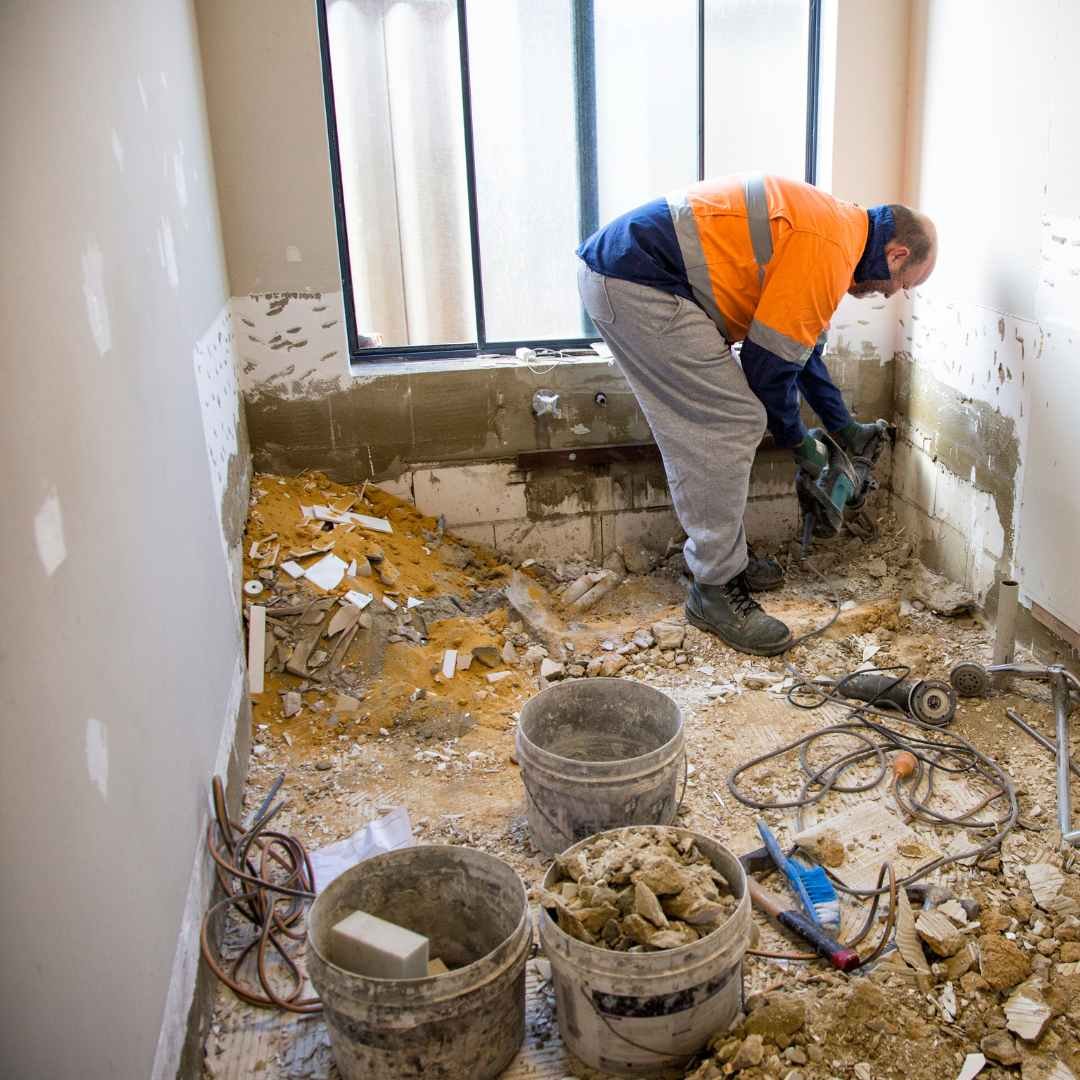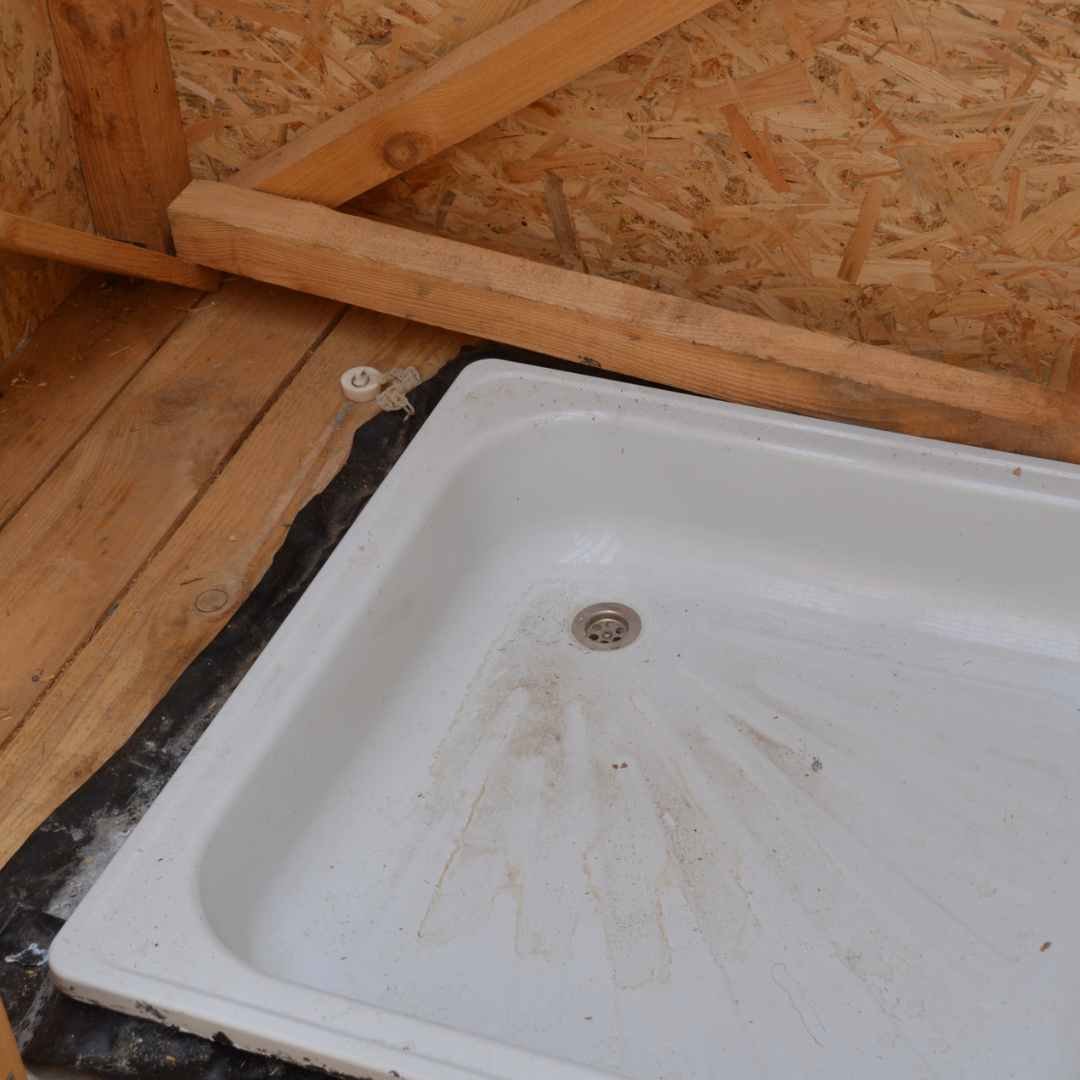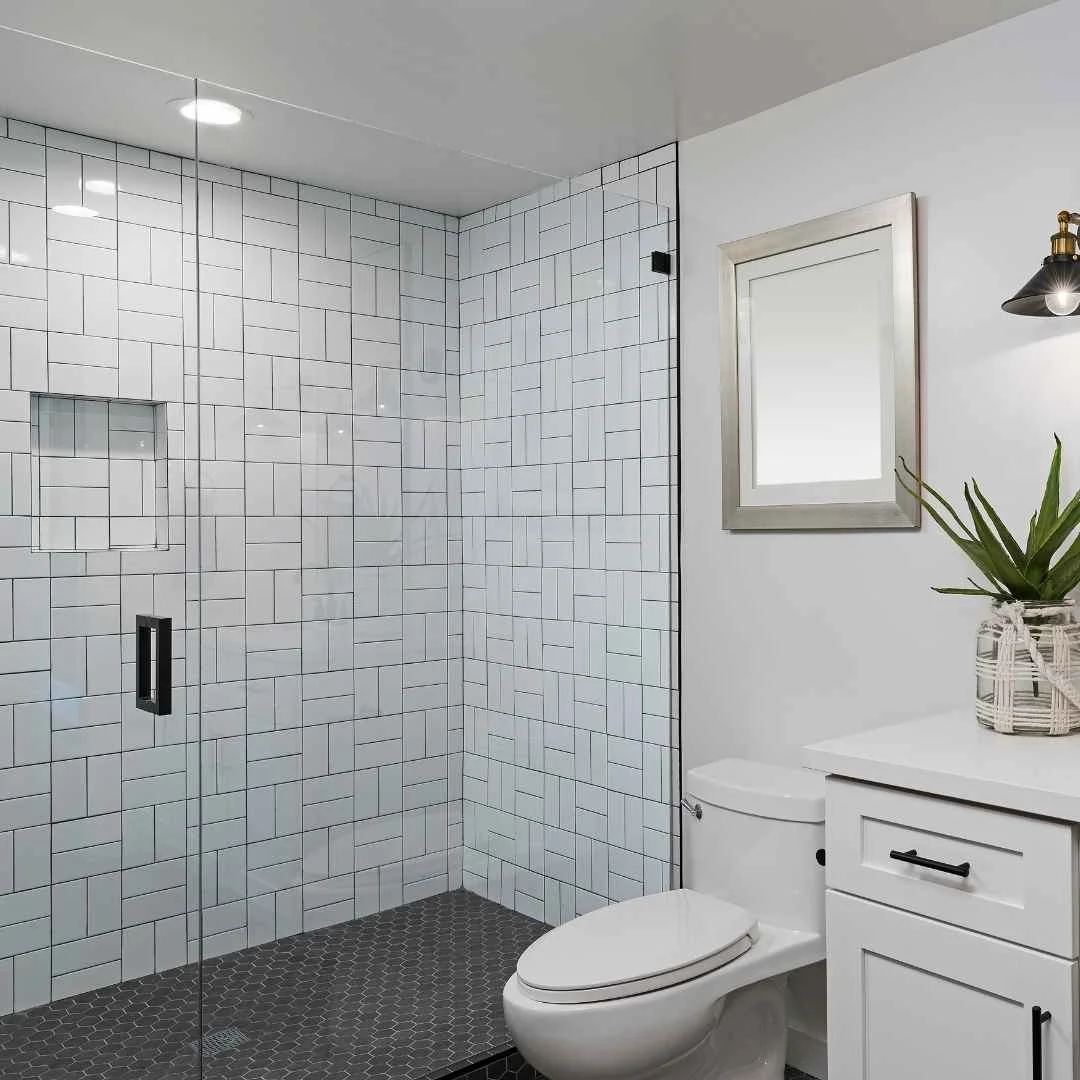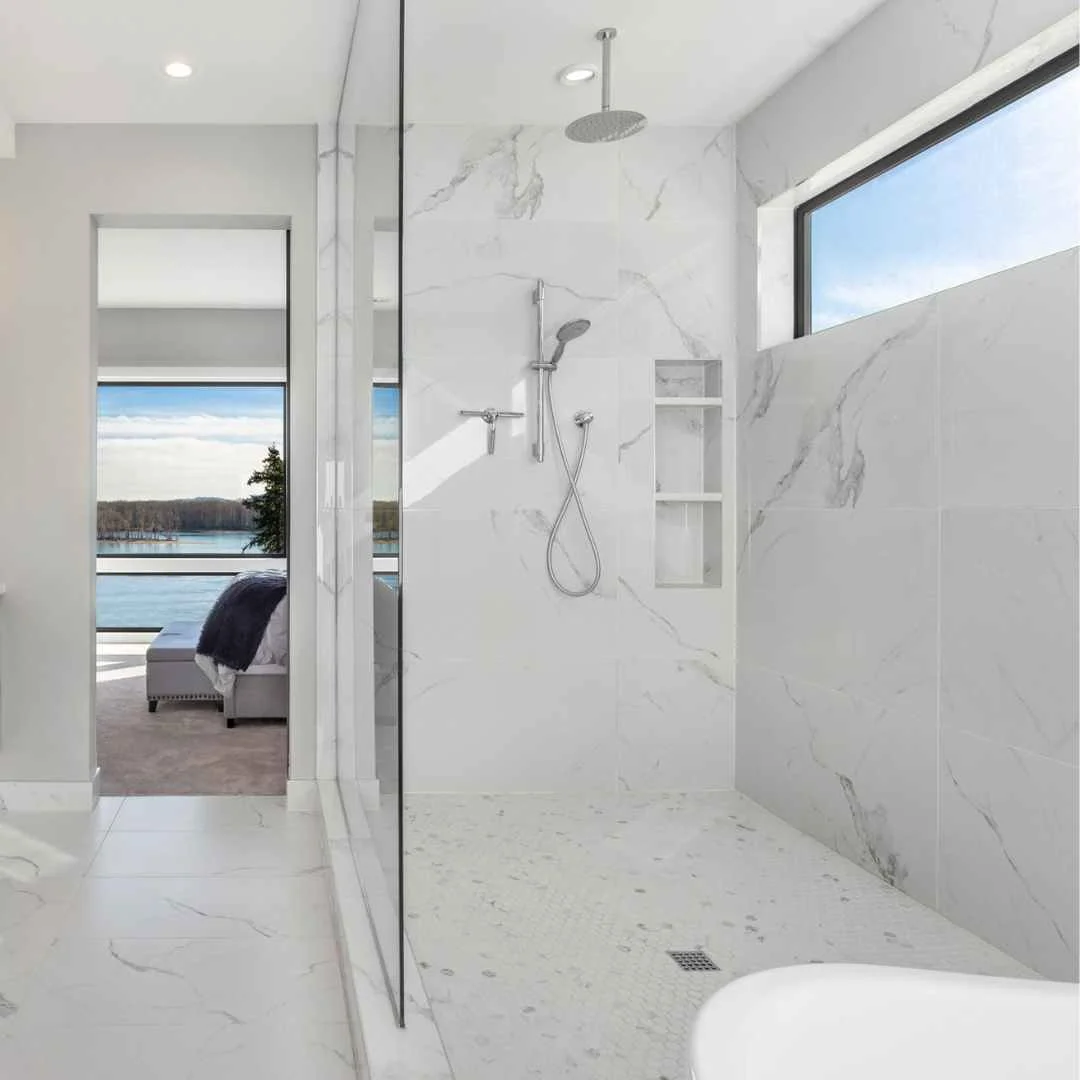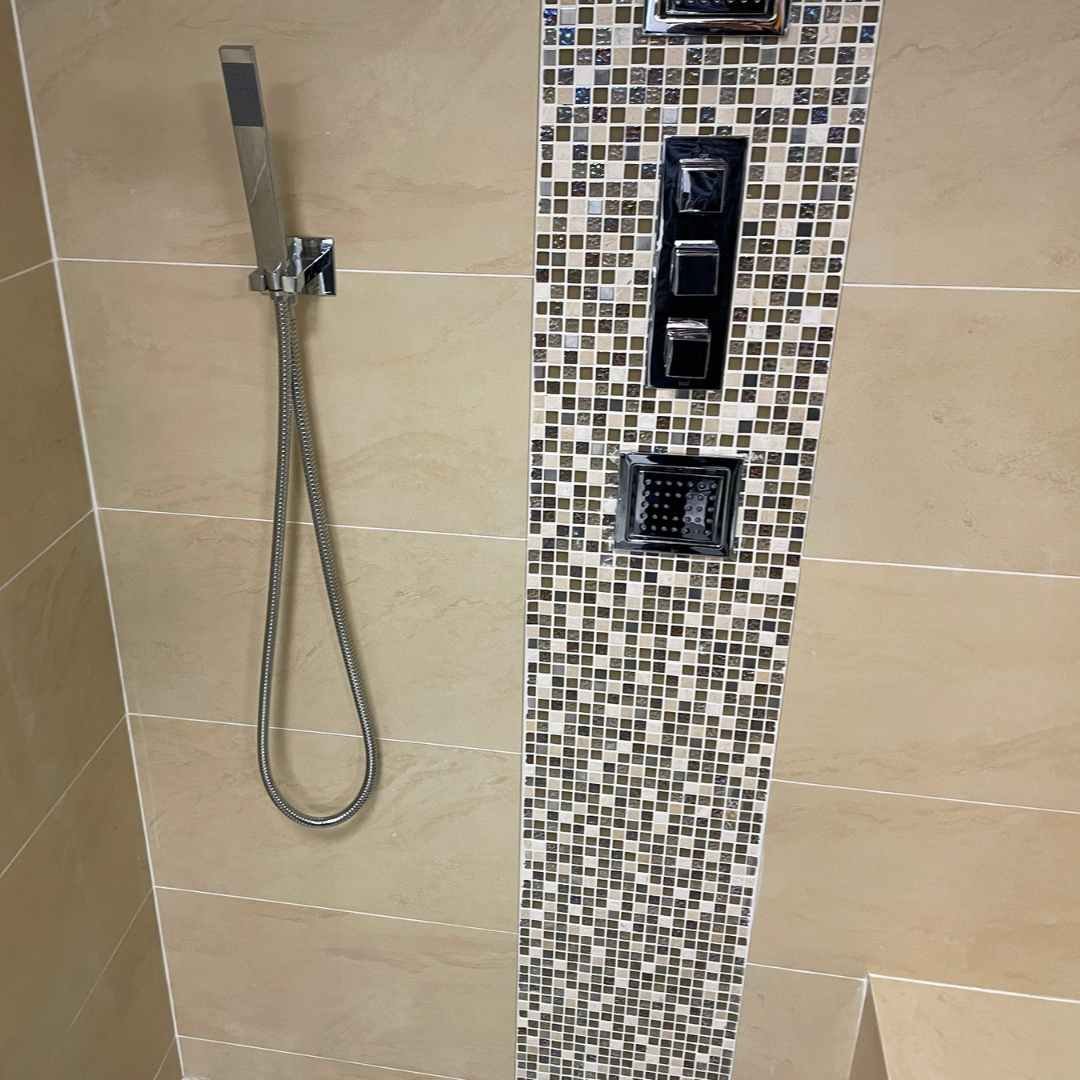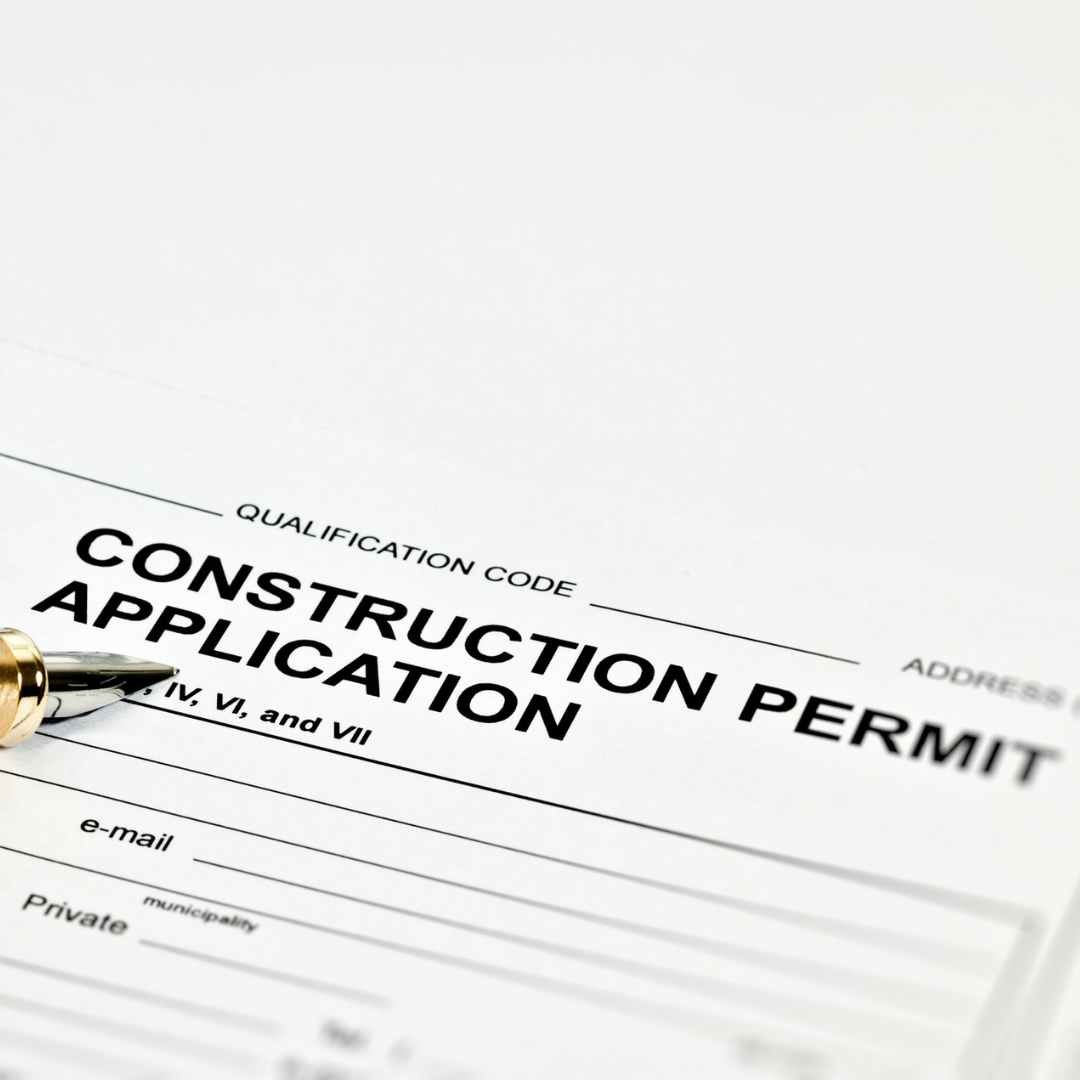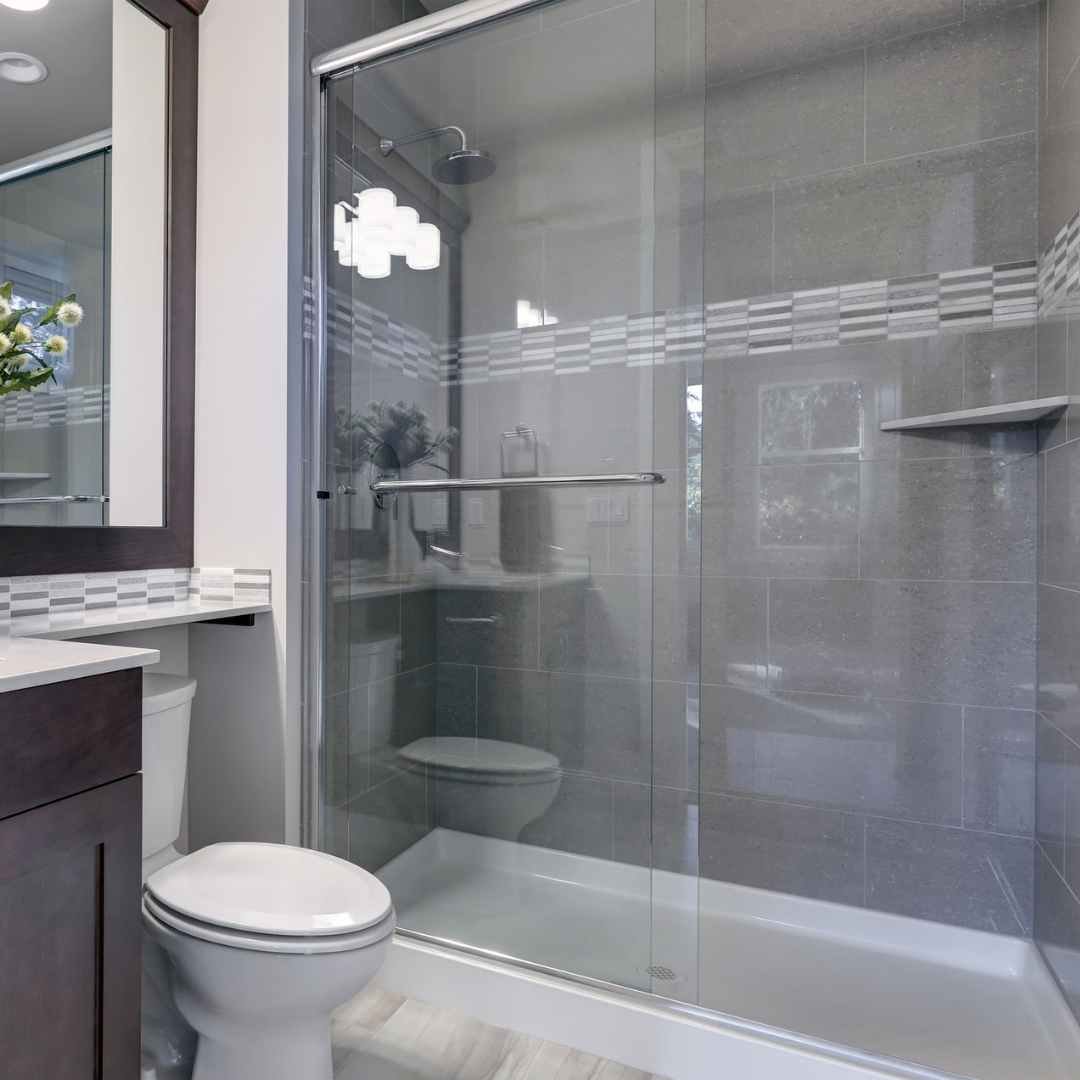Walk-In Shower Installation Guide
When it comes to bathroom renovations, installing a walk-in shower is a popular choice for home improvement projects. Not only does it provide easy access and a sleek appearance, but it also adds value to your home. However, before diving into a walk-in shower project, it's important to understand the costs involved and the various factors that can impact the overall price. In this comprehensive guide, we will explore the installation process, average costs, types of showers, materials, labor, and additional considerations to help you make informed decisions and create a budget that suits your needs.
Introduction
A walk-in shower offers convenience, accessibility, and a modern aesthetic to any bathroom. It eliminates the need for a bathtub and provides a spacious and open feel. Whether you're looking to replace an old shower, convert a bathtub into a walk-in shower, or create a brand-new shower space, understanding the installation process and associated costs is crucial. By doing thorough research and planning, you can ensure a successful and cost-effective project.
DIY Walk-In Shower
Deciding whether to DIY a walk-in shower in your home depends on several factors. Firstly, consider your level of expertise and experience with plumbing and construction projects. Installing a walk-in shower involves complex tasks such as waterproofing, plumbing, and tile installation, which may require specialized skills. If you have prior experience and feel confident in your abilities, it could be a rewarding project to tackle on your own. Secondly, assess your available time and budget. DIY projects can often take longer to complete, especially if you're juggling other commitments. Additionally, consider the cost of materials and tools required for the installation. If you have a limited budget, DIY may be a more cost-effective option. However, if time is short or you're unsure about your skills, it might be wise to hire a professional. Ultimately, weigh the pros and cons, considering your expertise, time availability, and budget, to make an informed decision about whether to DIY really saves you much off the average cost to install.
Shower Installation Process
Installing a walk-in shower involves several steps, from demolition and preparation to the final touches. Let's take a closer look at each stage of the installation process.
Demolition and Preparation
Before the install, the existing shower or bathtub needs to be removed. This process may involve demolishing walls, removing bathroom flooring, removing pipes, and disposing of debris. Proper preparation of the space is essential to ensure a smooth installation process.
Plumbing and Electrical Work
If you're replacing an existing shower, the plumbing and electrical work may already be in place. However, if you're installing a new shower or relocating the plumbing, additional work will be required. This includes installing water supply lines, shower valves, drain lines, and any necessary electrical connections for showerheads, faucets, and lighting.
Subfloor and Shower Pan Installation
The subfloor serves as the foundation for the shower and needs to be properly prepared and leveled. A shower pan, which collects and drains water, is then installed on top of the subfloor. The type of pan will depend on your chosen shower design, with options including prefabricated pans or custom-built pans made of materials such as fiberglass, acrylic, or tile.
Shower Wall Installation
Once the subfloor and pan are in place, the shower walls can be installed. These can be prefabricated shower panels or custom tile walls. Install new waterproofing and sealing to prevent water damage and ensure the longevity of your shower.
Installation of Fixtures and Accessories
After the walls are installed, it's time to add the fixtures and accessories. This includes installing the shower head, faucets, handles, and any additional features such as shower niches, benches, or grab bars. Careful attention should be given to proper placement and secure installation to ensure functionality and safety.
Finishing Touches
The final stage of the installation process involves adding the finishing touches to your walk-in shower. This may include caulking and sealing joints, applying grout or tile sealant, and cleaning and polishing the shower surfaces especially if you chose a glass shower enclosure. Proper finishing ensures a clean and professional appearance while protecting against water damage.
Average Walk-In Shower Installation Cost
How much does a walk-in shower cost to install? The cost of installing a walk-in shower may vary widely depending on several factors, including the shower size, the shower type, materials used, labor costs, and any additional features or customization. On average, homeowners can expect the cost anywhere between $3,000 and $10,000 or more to install a walk in shower.
It's important to note that these figures are just averages, and the actual total cost of a walk-in shower can be higher or lower depending on individual circumstances. To get an accurate estimate for your specific project, it's recommended to consult with a professional contractor or obtain multiple quotes from reputable shower installers.
Types of Showers
There are different types of walk-in showers to choose from, depending on your preferences, budget, and available space. Let's explore the most common walk-in showers.
Prefab Showers
Prefab showers, also known as shower kits or shower enclosures, come as pre-made units that can be easily installed to convert a tub to a shower. These kits typically include the shower basin or pan, walls, and doors. Prefab walk-in showers are available in various sizes, styles, and materials, including fiberglass, acrylic, and tempered glass. They offer convenience and cost-effectiveness, making them a popular choice for homeowners looking for a straightforward installation process.
Custom Walk-In Showers
Custom walk-in showers offer the most flexibility in terms of design and customization. With a custom shower, you have the freedom to choose the size, shape, materials, and features that best suit your preferences and bathroom layout. Custom showers are typically built from scratch, allowing for greater creativity and personalization. While they offer more design options, custom showers tend to be more expensive and require professional installation.
Tub-to-Shower Conversions
A tub-to-shower conversion involves replacing an existing bathtub with a walk-in shower. This is a popular choice for homeowners who prefer showers over baths or those with mobility issues who find it difficult to step in and out of a bathtub. Tub-to-shower conversions can be done using prefab shower kits or custom-built showers, depending on the desired outcome and budget.
Materials and Bathroom Hardware
The materials used in your walk-in shower can significantly impact the overall cost and aesthetics. Let's explore some common materials and bathroom hardware options.
Tile Showers
Tile offers a timeless and elegant look, with a wide range of options in terms of colors, patterns, and textures. Ceramic and porcelain tiles are commonly used for shower walls and floors due to their durability and water resistance. Natural stone tiles, such as marble or granite, add a luxurious touch but come at a higher price point. The cost of tile can vary depending on the quality and type of tiles chosen.
Marble Shower
Marble showers exude sophistication and luxury. The natural veining and unique patterns of marble create a visually stunning shower space. However, marble is more expensive than other materials and requires regular maintenance to prevent staining and etching. The cost of a marble shower can vary depending on the size of the shower and the quality of the marble used.
Fiberglass and Acrylic Showers
Fiberglass and acrylic showers are popular choices for their affordability and low-maintenance properties. These materials are lightweight, durable, and resistant to mold and mildew. Prefabricated fiberglass or acrylic shower kits are readily available and can be installed quickly. The cost of fiberglass and acrylic showers is generally lower compared to tile or marble showers.
Shower Fixtures and Accessories
The choice of shower fixtures and accessories can greatly impact the overall functionality and aesthetics of your walk-in shower. This includes the showerhead or handheld shower head, faucets, handles, shower doors, and any additional features such as shower niches, benches, or grab bars. The cost of these fixtures and accessories can vary depending on the brand, quality, and desired features.
Walk-In Shower Cost of Labor
Labor costs for replacing a shower depend on various factors, including the complexity of the project, the location, and the experience of the installer. Hiring a professional shower installer is recommended to ensure proper installation and minimize the risk of costly mistakes. The labor cost typically includes the installation of plumbing, electrical work, demolition, preparation, and the installation of shower components. On average, homeowners can expect to spend between $500 and $2,000 for labor.
Permits and Regulations Before You Install a Walk-In Shower
Before starting any shower remodel project, it's important to check local building codes and regulations. In some areas, permits may be required for extensive renovations that involve plumbing work. Depending on the scope of the project, you may need building and plumbing permits, which can add to the overall cost. It's essential to consult with your local building authority to ensure compliance with regulations and obtain the necessary permits before proceeding with the installation.
Additional Costs to Install a New Shower
In addition to labor and materials, there are several other costs to consider when planning to install a shower. These may include plumbing and electrical work, shower tiles, shower pan, and bathtub or shower liner. Let's take a closer look at each of these cost factors.
Plumbing and Electrical Work
If you're installing a new walk-in shower or relocating the plumbing, additional plumbing work will be required. This can include installing water supply lines, drain lines, and any necessary electrical connections for showerheads, faucets, and lighting. Hiring a licensed plumber and electrician to perform this work is recommended to ensure safety and compliance with building codes.
Shower Tiles
The cost of shower tiles can vary depending on the type, quality, and size of the tiles chosen. Ceramic and porcelain tiles are generally more affordable, while natural stone tiles tend to be more expensive. The cost of tile installation will depend on factors such as the complexity of the design, the size of the shower, and the labor involved.
Shower Pan
The shower pan, also known as the shower base or tray, collects and drains water in the shower and keeps it off your shower floor. The cost of a shower pan can vary depending on the material used and whether it's a prefabricated pan or a custom-built pan. Fiberglass and acrylic pans are generally more affordable, while tile pans can be more expensive due to the additional labor and materials involved in their installation.
Bathtub and Shower Liner
If you're converting a bathtub into a walk-in shower, you may consider installing a bathtub or shower liner. Liners are a cost-effective alternative to a full replacement and can provide a fresh and updated look to your shower space. The cost of a bathtub or shower liner will depend on the size of the liner and the quality of the material used.
Advantages of Walk-In Showers
Walk-in showers have several advantages over traditional showers and bathtubs. These include:
Accessibility: Walk-in showers provide easy access for individuals with mobility issues or disabilities. They eliminate the need to step over a high tub wall, making showering safer and more convenient.
Space Efficiency: Walk-in showers can be designed to fit into smaller spaces, making them ideal for bathrooms with limited square footage. They can create a more open and spacious feel, making the bathroom appear larger.
Aesthetics: Walk-in showers feature a sleek and modern appearance, enhancing the overall look and value of your bathroom. They can be customized with a variety of materials and design options to suit your personal style.
Low Maintenance: Walk-in showers are generally easier to clean and maintain compared to traditional showers and bathtubs. The absence of a tub and shower curtain eliminates the need for regular scrubbing and prevents mold and mildew growth.
Water Efficiency: Walk-in showers often have water-saving features such as low-flow showerheads and thermostatic valves. This can help reduce water consumption and lower utility bills.
Care for a Walk-In Shower
To keep your walk-in shower looking and functioning its best, proper care and maintenance are essential. Here are some tips to help you maintain your walk-in shower:
Regularly clean the shower walls, floor, and fixtures using mild, non-abrasive cleaners.
Remove soap scum and hard water deposits using vinegar or a commercial descaler.
Keep the shower area well-ventilated to prevent mold and mildew growth. Use a squeegee or towel to remove excess water after each use.
Inspect the caulking and grout regularly and repair any cracks or gaps to prevent water leaks.
Avoid using harsh chemicals or abrasive cleaners that can damage the shower surfaces.
Follow manufacturer's guidelines for cleaning and maintenance of shower fixtures and accessories.
Conclusion: Shower Replacement Bathroom Remodel
A new walk-in shower can transform your bathroom into a stylish and functional space. By understanding the installation process, average costs, types of showers, materials, labor, and additional considerations, you can plan and budget for your walk-in shower project effectively. Remember to consult with professionals, obtain multiple quotes, and consider your personal preferences and needs when making decisions about the design and features of your walk-in shower. With proper planning and execution, you can enjoy the benefits of a beautiful and accessible walk-in shower for years to come.


